The History of Foil Insulation
We put together this blog to answer some of our most frequently asked questions about the history of foil insulation, how it started and where it is used. Reflective foil insulation is very simple, and very effective, but it is by no means a 21st century material or idea.
Although reflective foil insulation was re-popularised by the space industry, it has been around for 1000’s of years and is known by many names; Radiant Barrier, foil insulation, reflective insulation, multi foil, and even bubble wrap, or space blanket.
Whatever the name, reflective insulation generally refers to products comprising of one or more substrates with a reflective foil backing on one or both sides. The reflective facing is usually, but not always, a very thin layer of reflective aluminium foil, hence the name reflective foil insulation.
To learn more about the importance of using aluminium in a reflective insulation you can click the link here and see
How aluminium and mylar compare…
We wrote this blog because we are often asked:
- What is reflective insulation
- Is foil insulation new?
- Who invented foil insulation?
- Where is foil insulation used?
If you have any questions or you are doing any research on foil insulation, please feel free to get in touch.
What is reflective insulation?
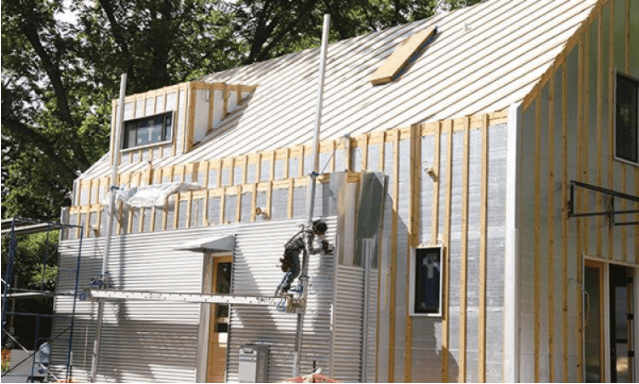
Foil Insulation or reflective foil insulation generally refers to products comprising of one or more substrates with a reflective foil backing one or both sides. The reflective facing is usually a very thin layer of reflective aluminium foil, hence the name reflective foil insulation.
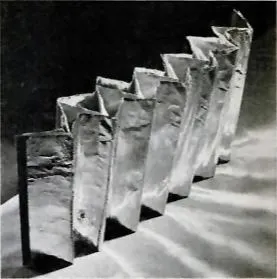
Is foil insulation new?
The Beginning
Reflective insulation is very simple, and very effective, but it is by no means a 21st century material or idea. Although reflective foil insulation was re-popularised by the space industry, it is not ‘space aged’ either, it has actually been around for 1000’s of years.
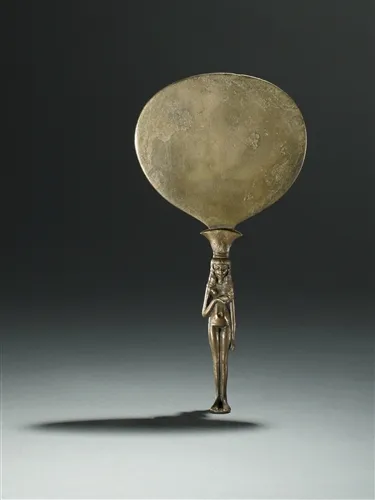
Reflective insulations were first utilised by ancient cultures. There is evidence to show that the Egyptians and some other cultures would use polished metals to reflect light and heat out of their homes.
Who invented foil insulation?
Mass-market – 1800’s
Using reflective surfaces and airspaces for insulating was first tested by Scottish chemist and physicist, Sir James Dewer in 1892, whos ‘Dewer Flask’ (otherwise known as a Thermos or vacuum flask) was unlike anything that had come before and was extremely efficient at keeping heat out.
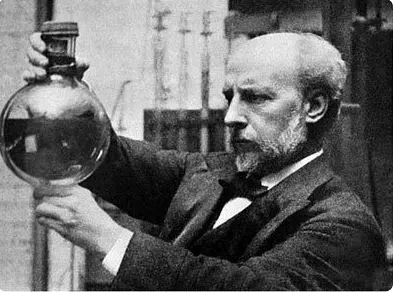
Dewer’s flask was originally designed using just a vacuum, but later he adopted the use of aluminium to make the airspace and flask even more efficient.
Re-popularised – 1940’s
In 1945, Alexander Schwartz, president of Infra Insulation, Inc. commercially produced a reflective insulation product he called INFRA, Insulation designed to keep summer heat out and winter heat in a home or building. Architects and builders immediately embraced this solution as a way of building more energy-efficient homes.

In the 1950’s, INFRA Insulation was introduced to the consumer market as an accordion-fold style product and was touted as easily installed by anyone who could use a staple gun. By the early 1960’s, millions of square feet of radiant barrier has been installed in homes and buildings in the US.
Unfortunately, an unfavourable FTC ruling against Infra Insulation Inc., coupled with the untimely death of Schwartz, resulted in the INFRA product being taken off the market entirely by 1965 and the business being closed.
1960’s
Reflective foils were re-popularised by the space industry. Scientists were looking for ways to protect astronauts and equipment from the extreme temperatures they would be exposed to during space flight. NASA has been using reflective radiant barriers since the Gemini and Apollo missions.

The insulation was the prime element of the environment control system and allowed the astronauts to work inside the Command Module in t-shirts, rather than a bulky space suit. Since then reflective materials have continued to be used on virtually all spacecraft, including unmanned missions where instrumentation required thermal protection.
Modern uses
2000
The traditional mass-insulation industry has spent millions on marketing and educating consumers on the need for R-Value and U-value as well as lobbying the government to change building regulations so that they require higher R-values (lower U-values), allowing big insulation companies sell more products. Since foil insulation has a lower R-Value (because it works in different way to traditional insulation) consumers were swayed from purchasing and using reflective insulations.
2010
Experimenting with the use of reflective insulations began on a wider scale, with confidence and support from architects and engineers, word spread quickly about their benefits. Cutting edge laboratories carried out studies and research into reflective insulations. Popularity grew and foil insulation was adapted in more and more industries.

Today
Foil insulation technology is used in hundreds of everyday items. One of the most iconic uses is in ‘space blankets’ that are used by rescue crews and organisers at marathons, festivals and outdoor events, which is a testament to the effectiveness of reflective foil.

Low-E Insulation is the original brand of reflective insulation. In construction Low-E Insulation is used in Walls, Floors and Roofs of commercial and domestic buildings but its applications do not end there. Low-E is used in manufacturing, automotive, Marine Freezers, Fridges Campervans, motor homes and racing cars.
Its applications extend to tents, yurts, spa pools, saunas, steam rooms, insulated blind, curtains and dozens and dozens of DIY application. IT is even used to make food storage bags and thermal insoles.
If you think you have an application that is suitable for Low-E or you have any questions about using Low-E in a specific application contact use today using the link below.

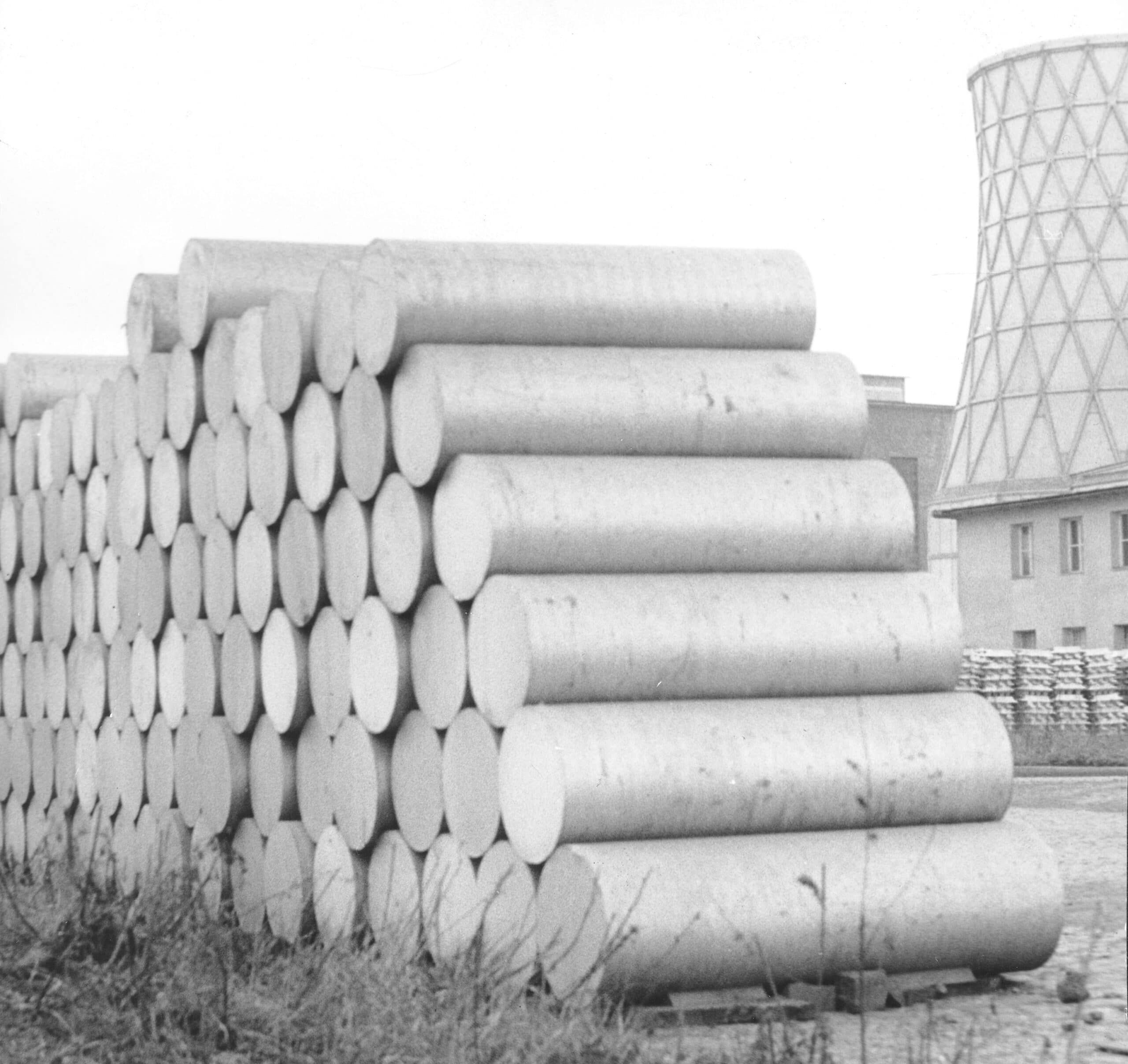
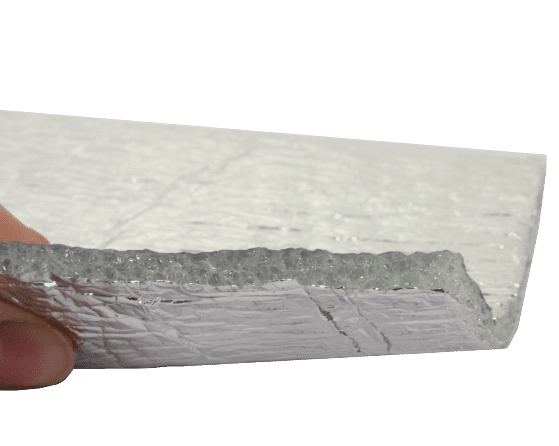

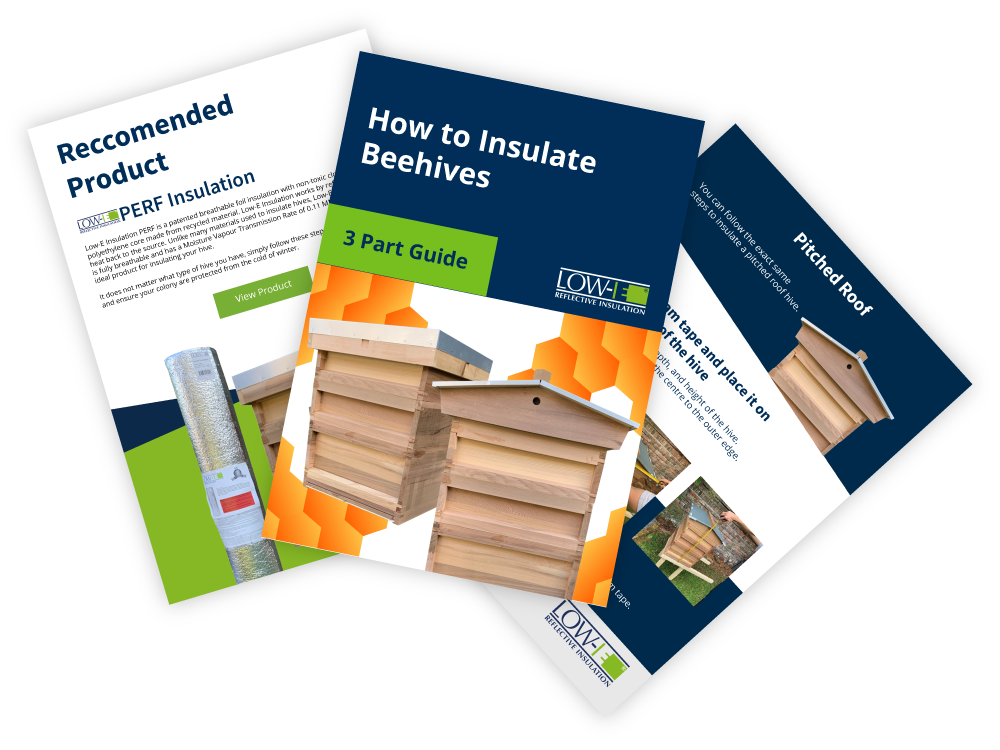
Recent Comments